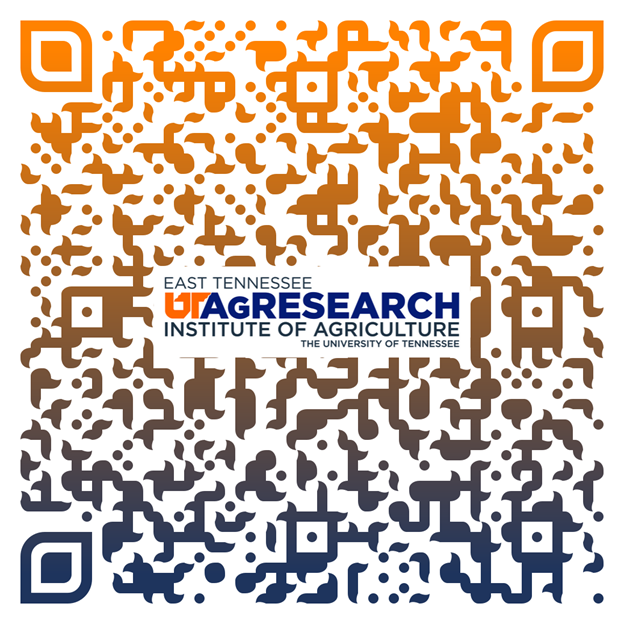Researcher: Rebecca Trout-Fryxell (UTIA Department of Entomology and Plant Pathology)
The emergence of infectious agents around the world has been recognized as one of the major causes of wildlife population declines and extinctions (Smith et al. 2006). Plasmodium reticulum the causative agent for avian malaria (a protozoan agent) and Dirofilaria immitis the causative agent for canine heartworm (a filarial nematode) are two obligate agents transmitted by mosquitoes. The prevalence of either pathogen is dependent upon the distribution range of mosquitoes serving as competent vectors and prevalence of the pathogen in vertebrate hosts. In 2012, mosquitoes from the Cherokee Woodlot were collected, identified, and screened for both Plasmodium and Dirofilaria just prior to construction of a wetland.
At that time nine different mosquito species were recovered of which Plasmodium was recovered from 14 of 74 mosquito pools (from six different mosquito species) and Dirofilaria was not identified. The objective of this study is to determine the current state of the mosquito, Plasmodium and Dirofilaria population at a site with a newly constructed wetland by collecting mosquitoes during the summer of 2014.
Mosquitoes will be identified to species and the head and thorax will be stored in 95% ethanol. Parasite and mosquito DNA will be extracted, and the extracted DNA will be screened via PCR for Plasmodium and Haemoproteus parasite DNA (cyt b) and for Dirofilaria species DNA (ITS-2 rDNA). Positive PCR amplicons will be bidirectionally sequenced to confirm positivity. The confirmation of either pathogen and/or a change in the mosquito composition will begin to unravel the complex relationships that intimately tie together habitats with their vectors and parasites. The proposed research will provide a significant contribution to the knowledge of the diversity of mosquito parasites present in Tennessee and the role wetland construction has in their presence/absence.
Requests to use the Cherokee Wetlands for research, teaching, or outreach can be made by submitting an Use Request Form.

